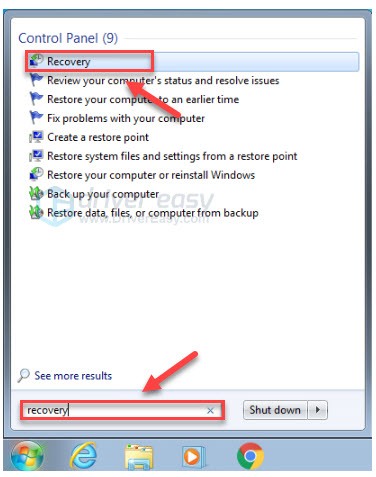
In the screenshot below, we’ve copied all the files from a Windows 7 SP1 disc to a new folder in C:\Win7SP1ISO on our computer. If you have a disc, you can select all the files on the disc, copy them, and paste them in a folder on your computer. If you have an ISO file, you can open it with a program like 7-Zip to extract the contents (or mount it in Windows 8 and 10). You’ll first need to extract the contents of the ISO image–or copy the files off a disc. Step One: Extract the Files From the Disc or ISO

Microsoft makes this available for download as an ISO file, so you’ll need to either mount the ISO to install the software, or burn the ISO to a DVD, then install the software from that. For example, if you’re going to create a 64-bit installer disc, you’ll need the 64-bit update packages.įinally, you’ll need to download and install the Windows AIK for Windows 7 (even if you’re performing these steps on Windows 8 or 10). You’ll need the packages that match the version of the ISO you’re using. You’ll also need to download the Servicing Stack Update and Convenience Rollup packages before continuing. You can download Windows 7 ISO images legally from Microsoft using one of these methods, and these disc images already have Service Pack 1 integrated. These are very easy to get at this point. This process requires a Windows 7 disc or ISO file with Service Pack 1 integrated.
:max_bytes(150000):strip_icc()/windows-7-clean-install-A-58070cbf3df78cbc28beb5db.jpg)
RELATED: How to Update Windows 7 All at Once with Microsoft's Convenience Rollup


 0 kommentar(er)
0 kommentar(er)
